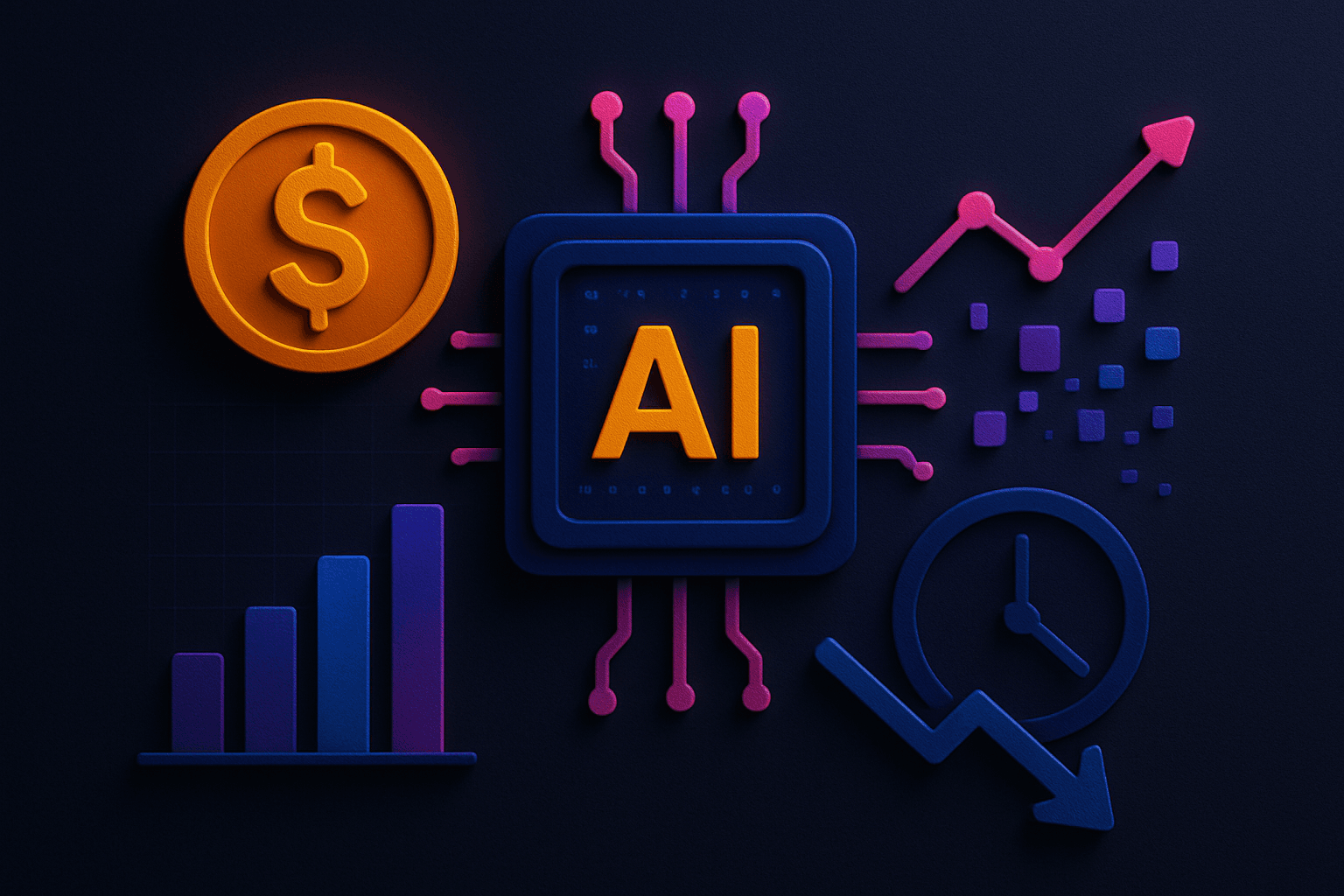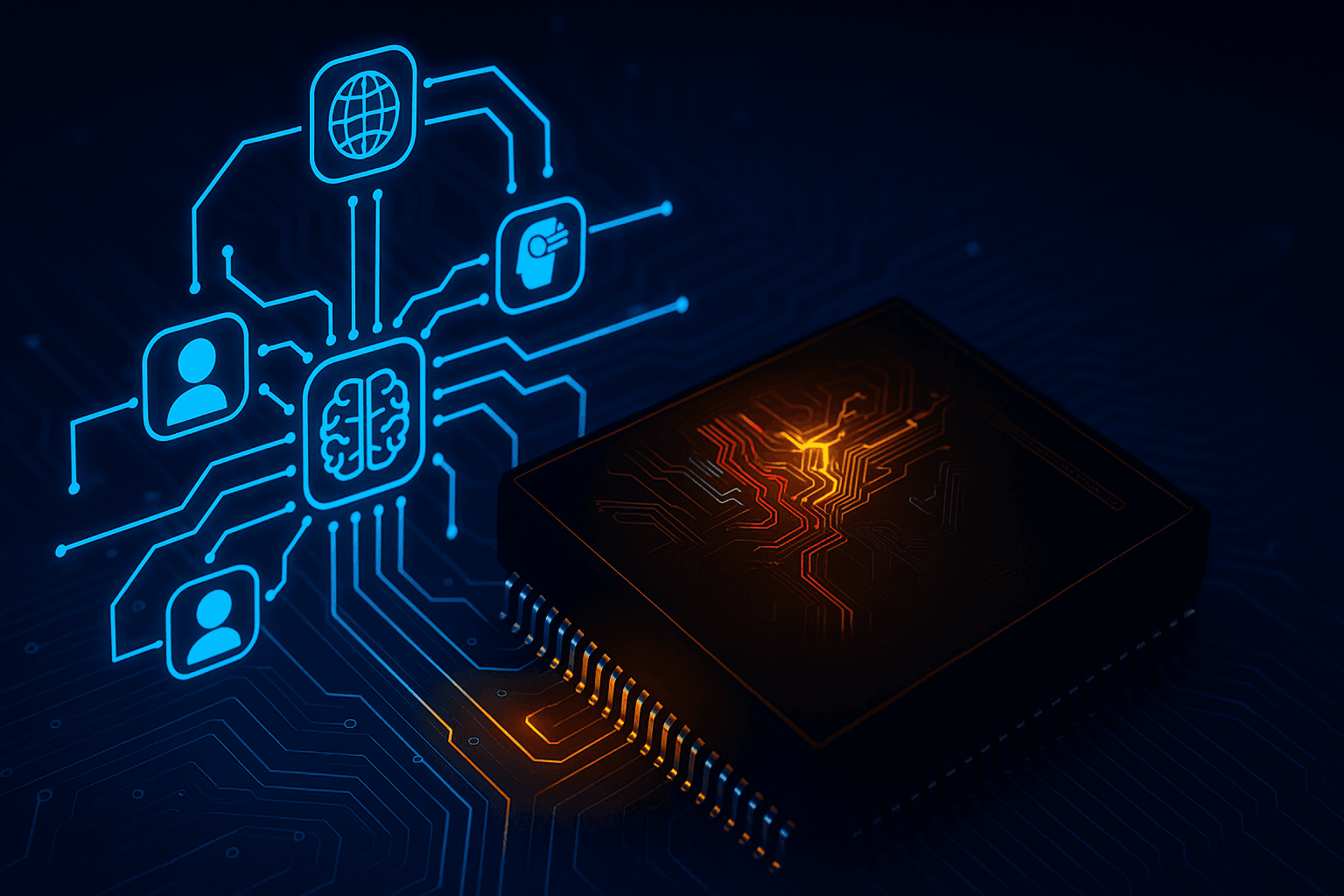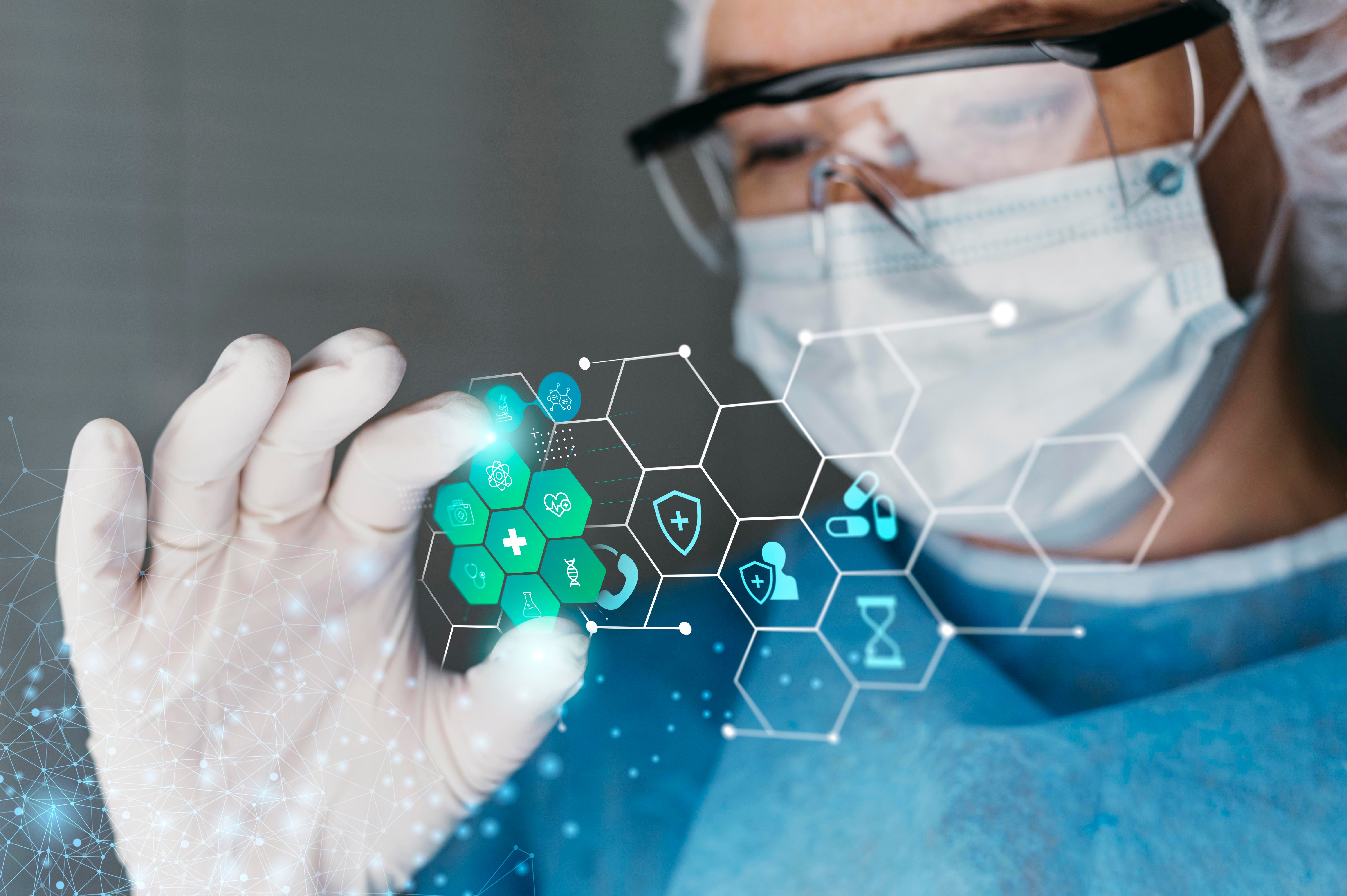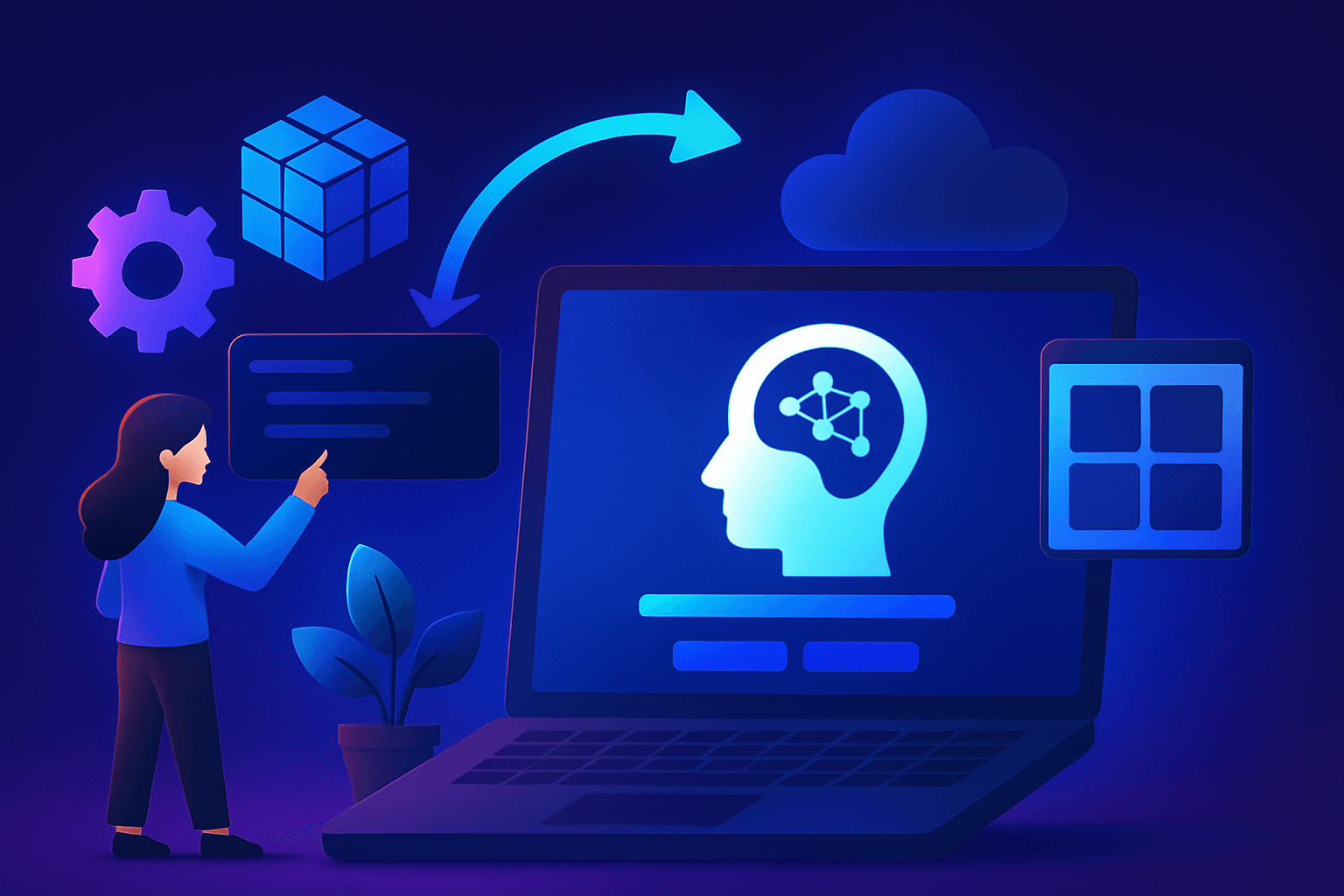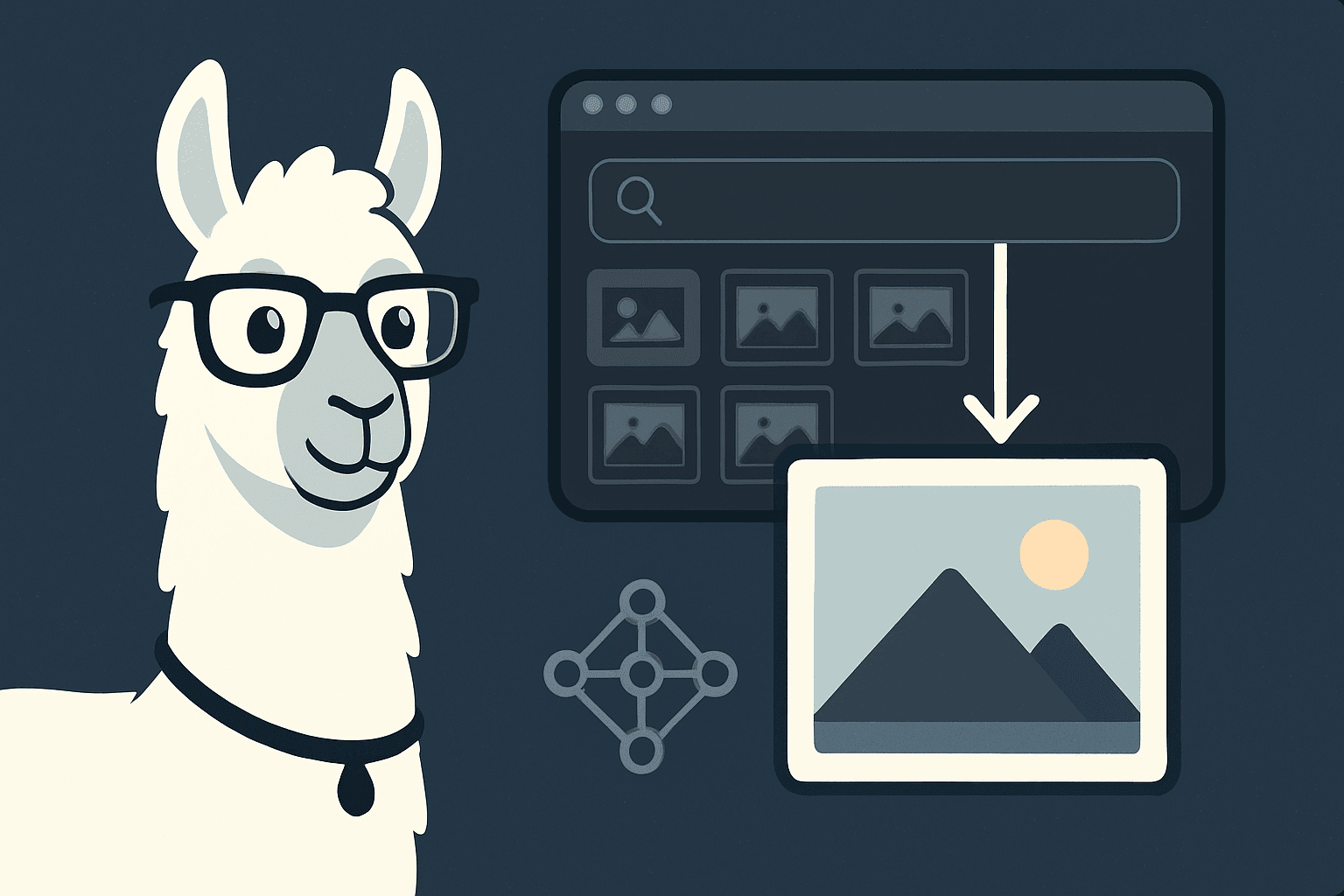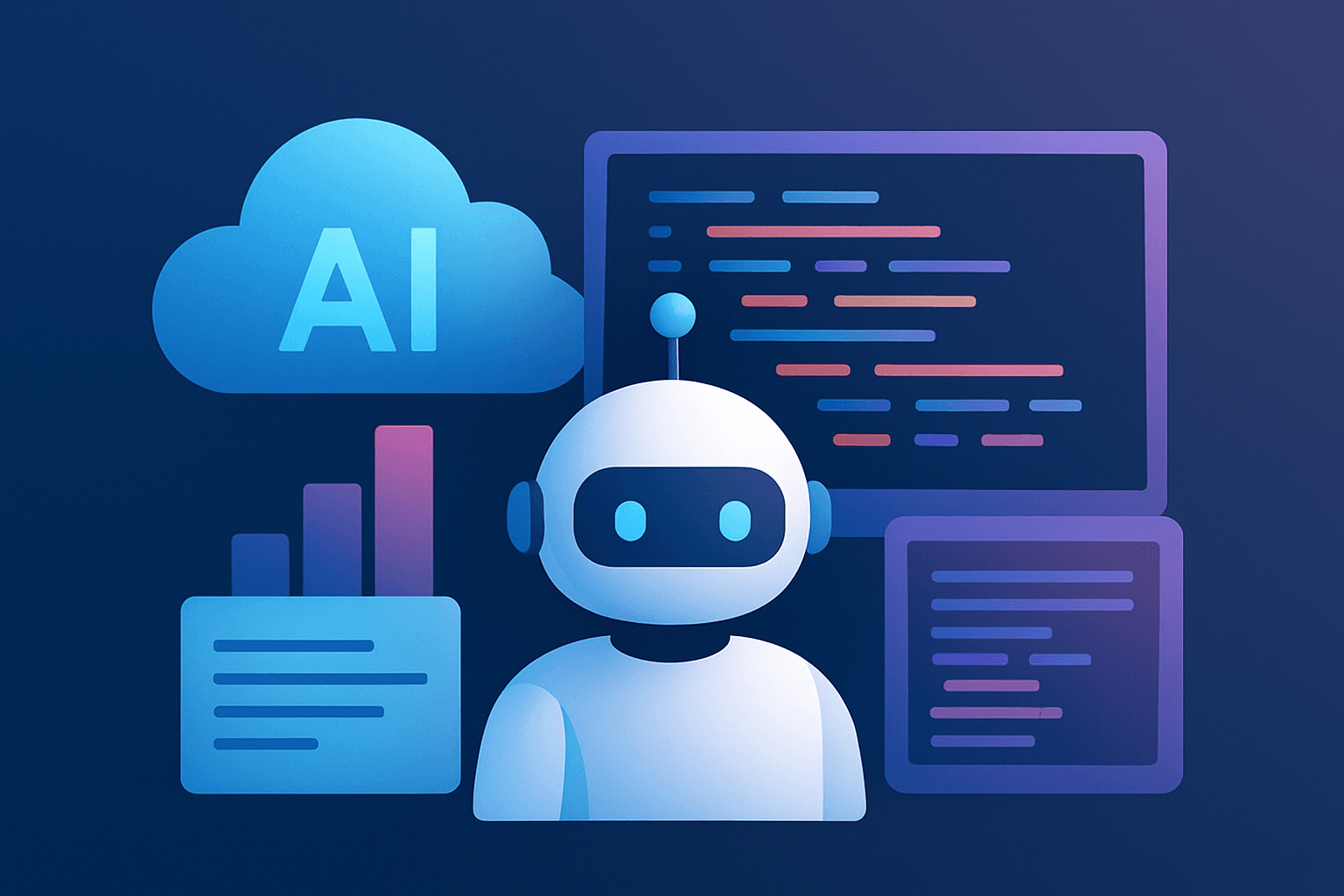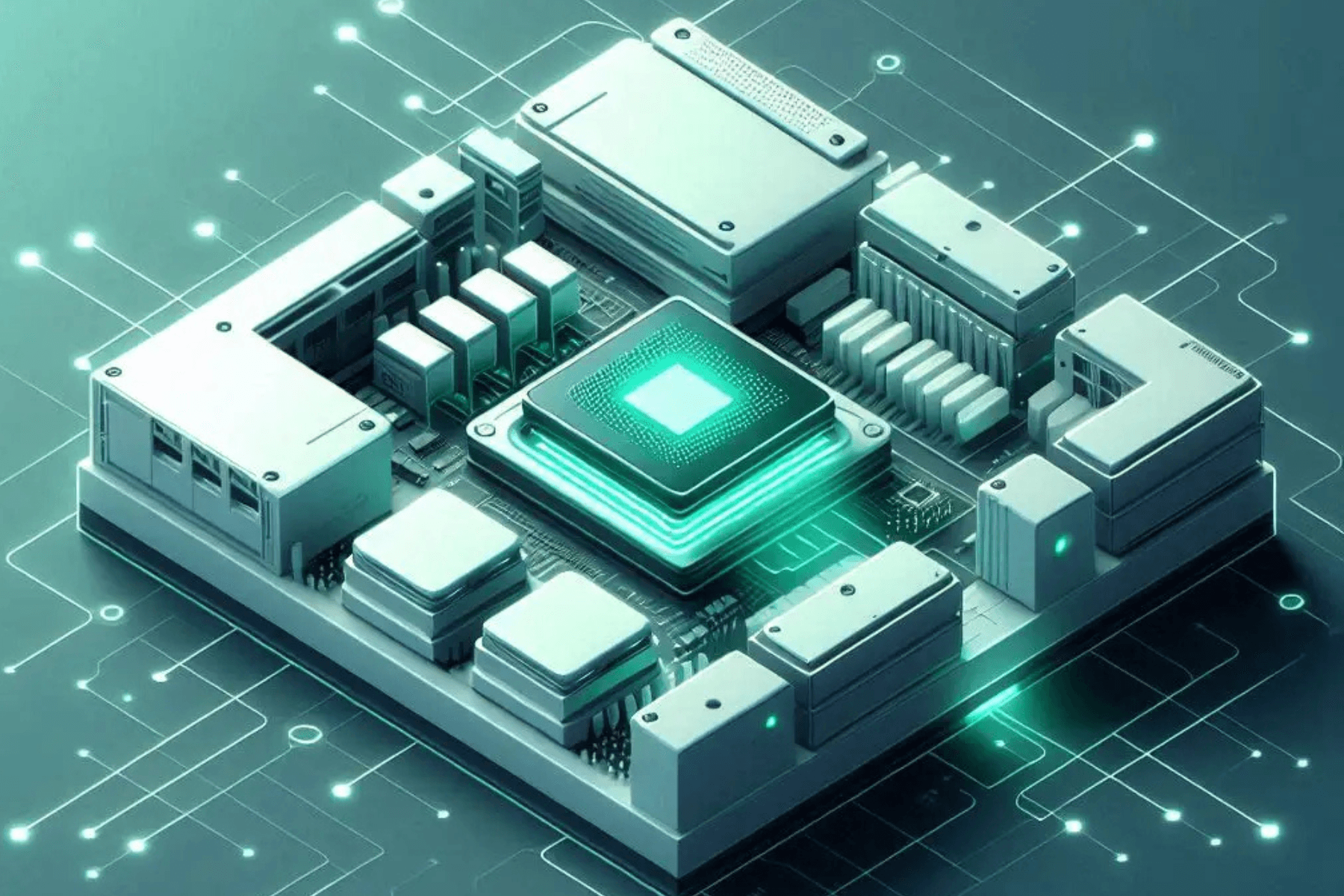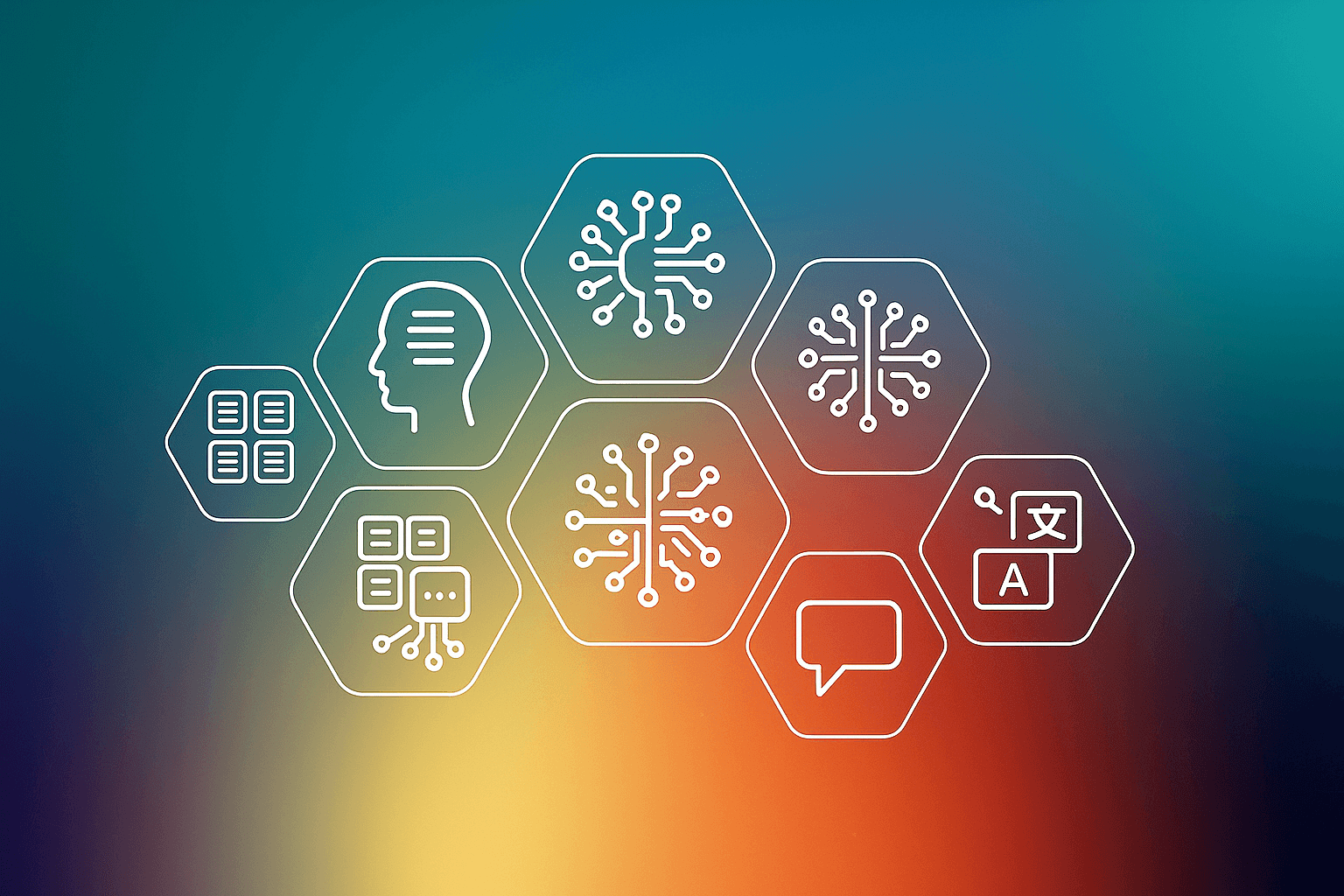In the ever-evolving field of artificial intelligence (AI), large language models (LLMs) have revolutionized natural language processing tasks. These models are designed to understand and generate human-like text by processing vast amounts of data. One such notable LLM is GPT-Neo, which has garnered significant attention in the AI community since its launch. What is GPT-Neo? When was it introduced? How can we deploy GPT-Neo on E2E Cloud? We shall answer these questions in this blog.
By leveraging the flexibility and cost-effectiveness of E2E Cloud, data scientists can harness the full potential of GPT-Neo and benefit from its industry-vetted performance. Before diving into the deployment process, let's take a closer look at GPT-Neo and the available datasets.
Defining LLMs: Large Language Models
Large language models (LLMs) are advanced AI systems that are capable of processing and generating human-like text. These models are trained on massive datasets, often consisting of billions of words, to learn patterns and relationships between words, phrases, and sentences. By leveraging this knowledge, LLMs can understand context, generate coherent responses, and even perform tasks such as translation, summarization, and question answering.
Introducing GPT-Neo
GPT-Neo is an open-source large language model developed by Eleuther AI. It is based on the GPT (Generative Pre-trained Transformer) architecture, which has proven to be highly effective in various Natural Language Processing (NLP) tasks. GPT-Neo builds upon the success of its predecessor, GPT-3, by providing enhanced performance and flexibility.
It is a variant of the GPT (Generative Pre-trained Transformer) language model developed by EleutherAI, a community-driven research organization. It aims to provide an open-source alternative to models like GPT-3, offering similar capabilities at a reduced cost. GPT-Neo is trained on large amounts of publicly available text data using unsupervised learning, allowing it to generate coherent and contextually relevant responses to various prompts. It can be fine-tuned on specific tasks or domains to improve performance in those areas. GPT-Neo is available in different sizes, with smaller versions being more accessible for individual developers and researchers.
GPT-Neo's Launch
GPT-Neo was launched in March 2021, captivating the AI community with its impressive capabilities. By leveraging the power of Deep Learning and Transformer Architectures, GPT-Neo is able to process and generate text with a level of sophistication that approaches human-like fluency.
Features of GPT-Neo
- State-of-the-Art Language Model: GPT-Neo is based on the GPT-3 architecture, which has been trained on a vast amount of data and can generate high-quality text across a wide range of tasks.
- Fine-Tuning Capability: Data scientists can fine-tune GPT-Neo on their specific datasets to improve its performance on domain-specific tasks. This allows for customization and enhances the model's effectiveness for specific use cases.
- Versatility and Adaptability: GPT-Neo can be used for various natural language processing (NLP) tasks, such as text generation, translation, summarization, question answering, and more. Its versatility makes it a valuable tool for a wide range of applications.
- Efficiency with GPU Acceleration: E2E Cloud's support for NVIDIA GPUs enables data scientists to leverage GPT-Neo's capabilities more efficiently. GPUs excel at parallel processing and can significantly accelerate the training and inference speed of the model.
- Cost-Effectiveness: E2E Cloud's competitive pricing and flexible per-hour pricing model make it an attractive choice for data scientists working with GPT-Neo. They can benefit from lower rates in the market while achieving industry-vetted performance.
Setting Up GPT-Neo Environment
GPT-Neo inherits its architecture from its predecessor, GPT, and is trained using unsupervised learning on vast amounts of text data. It learns from diverse sources such as books, articles, and websites, enabling it to generate coherent and contextually relevant text across various domains.
To facilitate the deployment of GPT-Neo on any cloud platform, We are having GitHub library containing several datasets that can be utilized for training and fine-tuning the model. These datasets cover a wide range of topics, allowing data scientists to tailor GPT-Neo to their specific use cases and domains.
Datasets from the GitHub Library for GPT-Neo
To train and fine-tune GPT-Neo, you can use several datasets available in the GitHub library. These datasets cover a wide range of domains and languages, allowing data scientists and researchers to customize GPT-Neo's abilities according to their specific needs. Some notable datasets include:
You can utilize various existing datasets from GitHub that are commonly used for training language models, such as:
- OpenWebText: A large-scale dataset extracted from the Internet containing diverse web documents.
- GitHub repository: https://github.com/jcpeterson/openwebtext
- Common Crawl: A corpus of web pages from the Common Crawl project.
- GitHub repository: https://github.com/commoncrawl/commoncrawl
- BookCorpus: A dataset of over 11,000 books from various genres.
- GitHub repository: https://github.com/soskek/bookcorpus
- WikiText: A collection of articles from Wikipedia.
- GitHub repository: https://github.com/jeffreyhuang1/wikitext-103
These datasets can be preprocessed and fine-tuned for GPT-Neo or other language models.
Deploying GPT-Neo on E2E Cloud
Step 1: Sign Up and Set Up an E2E Cloud Account
- Visit the E2E Cloud website (https://www.e2enetworks.com/) and sign up for an account.
- Follow the account setup process and provide the necessary details and payment information.
Step 2: Choose the Desired GPU Instance Type
- Log in to your E2E Cloud account and navigate to the instance creation page.
- Select the GPU instance type that best suits your requirements, considering factors such as GPU memory, CPU cores, and storage capacity.
Step 3: Launch and Configure the GPU Instance
- Specify the desired configuration parameters, such as the number of instances, region, and operating system.
- Select the appropriate GPT-Neo GitHub repository from the GitHub library as the base image for your instance.
Note: Step By Step Guide to Launch A100 80GB Cloud GPU on E2E Cloud
Here’s how you can launch an A100 80GB on E2E Cloud and run your Stable Diffusion workloads:
- Login to Myaccount
- Go to Compute> GPU> NVIDIA- A100 80GB
- Click on “Create” and choose your plan

- Choose your required security, backup, and network settings and click on “Create My Node”.

- The launched plan will appear in your dashboard once it starts running.

After launching the A100 80GB Cloud GPU from the Myaccount portal, you can deploy any open source LLM model on E2E Cloud.
Step 4: Access the Deployed GPT-Neo Instance
- Once the instance is successfully launched, you will be provided with the necessary login credentials.
- Use SSH or any remote desktop protocol to access the deployed GPT-Neo instance.
according to your project requirements, including dataset selection and model configuration
Step 5: Fine-Tune GPT-Neo on E2E Cloud
- Clone the GPT-Neo GitHub repository into your instance.
- Customize the training parameters, including dataset selection and model configuration, according to your project requirements.
- Initiate the training process and monitor the progress.
Step 6: Utilize GPT-Neo for Text Generation
- Once the fine-tuning process is complete, you can use the trained GPT-Neo model for text generation tasks.
- Utilize the provided APIs or develop custom scripts to integrate GPT-Neo into your applications and workflows.
Are You Ready to Deploy GPT-Neo on E2E Cloud?
Follow our comprehensive tutorial to harness the power of an open source like GPT-Neo. Start leveraging NVIDIA GPUs, flexible pricing, and industry-vetted performance today. Visit E2E Cloud and unlock your AI potential now!
Connect with us: sales@e2enetworks.com
Request for your free trial: https://zfrmz.com/LK5ufirMPLiJBmVlSRml
